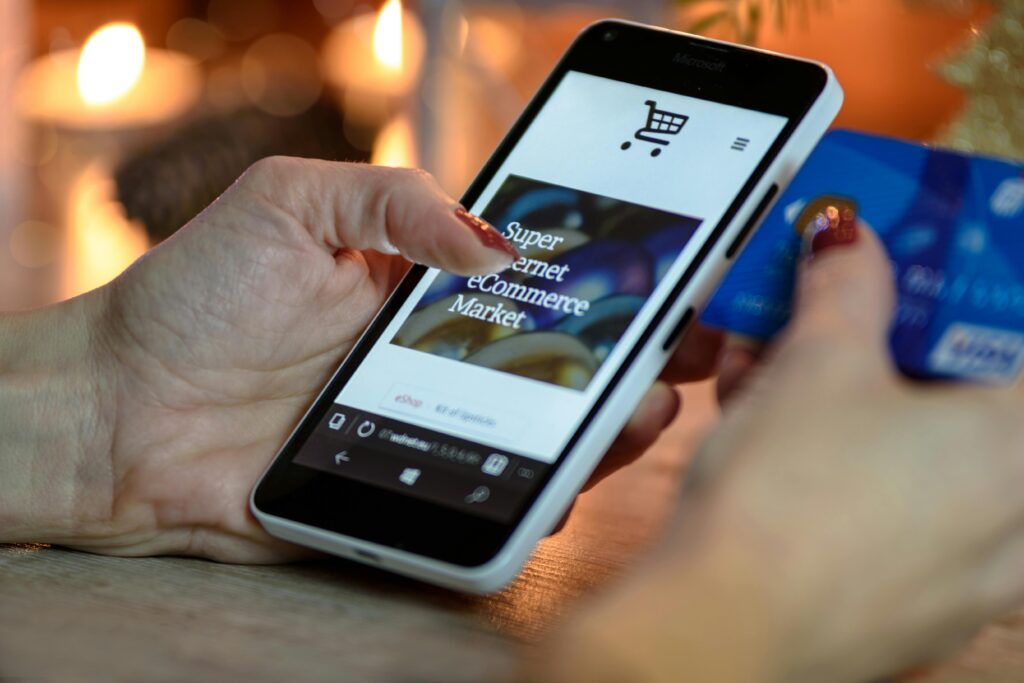What are The Top Three Leading Mobile Payment Innovations in 2020?

Consumers are getting more and more comfortable purchasing online. According to Statista, worldwide e-commerce retail sales by 2020 are projected to be at $4 trillion dollars.
As online transactions grow, concerns over convenience and security follow the same trend. Here are some of the main concerns customers and vendors encounter when transacting online:
- Transaction fees
- High currency conversion rates
- Privacy and identity theft
- Credit card fraud
- Transaction and withdrawal delays
- No credit card
- Bank limits
- Poor logistics
- Difficult or unclear requirements in completing the digital shopping cart
- Warranty and return policies
While Fintech may not solve all those concerns, it does help with the majority of the problems. The objective of alternative payment gateways is to provide an accessible, secure, and verifiable payment solution to increase the trustworthiness of online sales.
But what direction should you take in your business to adopt the growing number of alternative payment providers in the market? According to Forbes, Visa sales through mobile devices have grown 53% faster than those made on a computer.
Here is a list of innovations that mobile payment solutions have done to increase the convenience for their users.
- Bills Payment
- Enrolled bill payment subscription
- Restaurant (partnership) payments
- Airport Transit payments
- Toll-gate payments
- Car rental payments
- Points and reward system
- Loans and crowdfunding options
- QR instant purchase
- Currency and crypto-currency conversion
Here are three leading mobile payment innovations this 2020 that can pave the way for the future of e-commerce in your organization:
Cryptocurrency peer-to-peer transactions
Early e-commerce relies on an extensive and formidable banking infrastructure to complete the sale. Payment gateways through traditional intermediaries such as Visa, MasterCard, JCB, Discover, etc. are necessary to process digital currency.
Today, people trust intermediaries that allow P2P transactions without going through traditional gateways. Companies such as PayPal, Venmo, GooglePay, AliPay, and Zelle allow direct digital currency transfer.
The convenience offered by P2P payment solutions is attractive to many users as it functions closer to cash than other methods.
Cryptocurrency wallets such as Jaxx, Coinbase, Trezor, and Robinhood can also work as a peer-to-peer platform when paying another person or an establishment that uses other compatible platforms.
Cryptocurrency P2P transaction fees are relatively lower than traditional methods, especially when crossing international payment borders.
Bill enrollment and subscription
Automated Bills Payment saves time, and the convenience it offers is immeasurable for frequent travelers and people with a packed schedule. It is one of the fastest-growing trends in mobile payment solutions.
Record keeping is also simpler using mobile payment solutions. Keeping track of expenditure and exporting them to a spreadsheet for tax or budgeting purposes saves time and is less prone to errors. Automated bill payments through mobile solutions are convenient for meticulous record keepers.
In London and Beijing, QR code subway ticket payments are also a growing trend. eMarketer reports that this type of Near Field Communication (NFC) payment will reach up to $1 billion this year.
Biometric authentication
Mobile point-of-sale solutions offer many advantages in terms of convenience, but identity theft and fraud remain a big concern for both the consumer and the vendor. Biometric authentication is starting to become a standard feature in mobile hardware units as well as mobile payments. It asks the user to verify their identity before proceeding with an online transaction. Sensors on the phone scan the user’s face or listen to their voice and compare them with images and audio clips submitted before. This more personalized kind of authentication is harder for digital criminals to hack, compared to stealing passwords.
The same can be said when it comes to outright offline street-level theft. For example, a thief steals the user’s smartphone and wants to use it to order an expensive item online. They would not be able to go past the first line of defense and open the phone, if the biometric authentication immediately scans their face or voice.
Mobile payment solutions are starting to have capabilities that even hard money cannot do. As more and more establishments accept mobile payment as an alternative to cash, the automated and intuitive nature of digital payments gains widespread popularity.